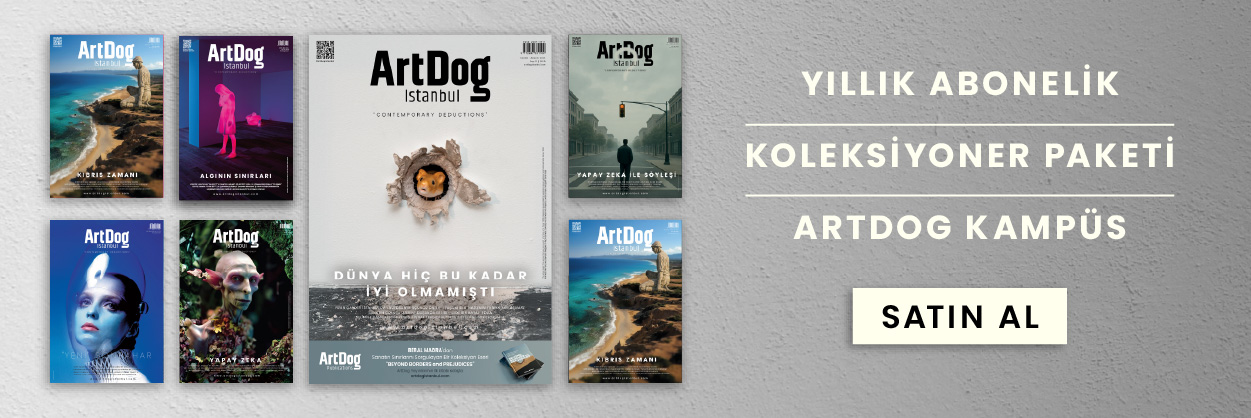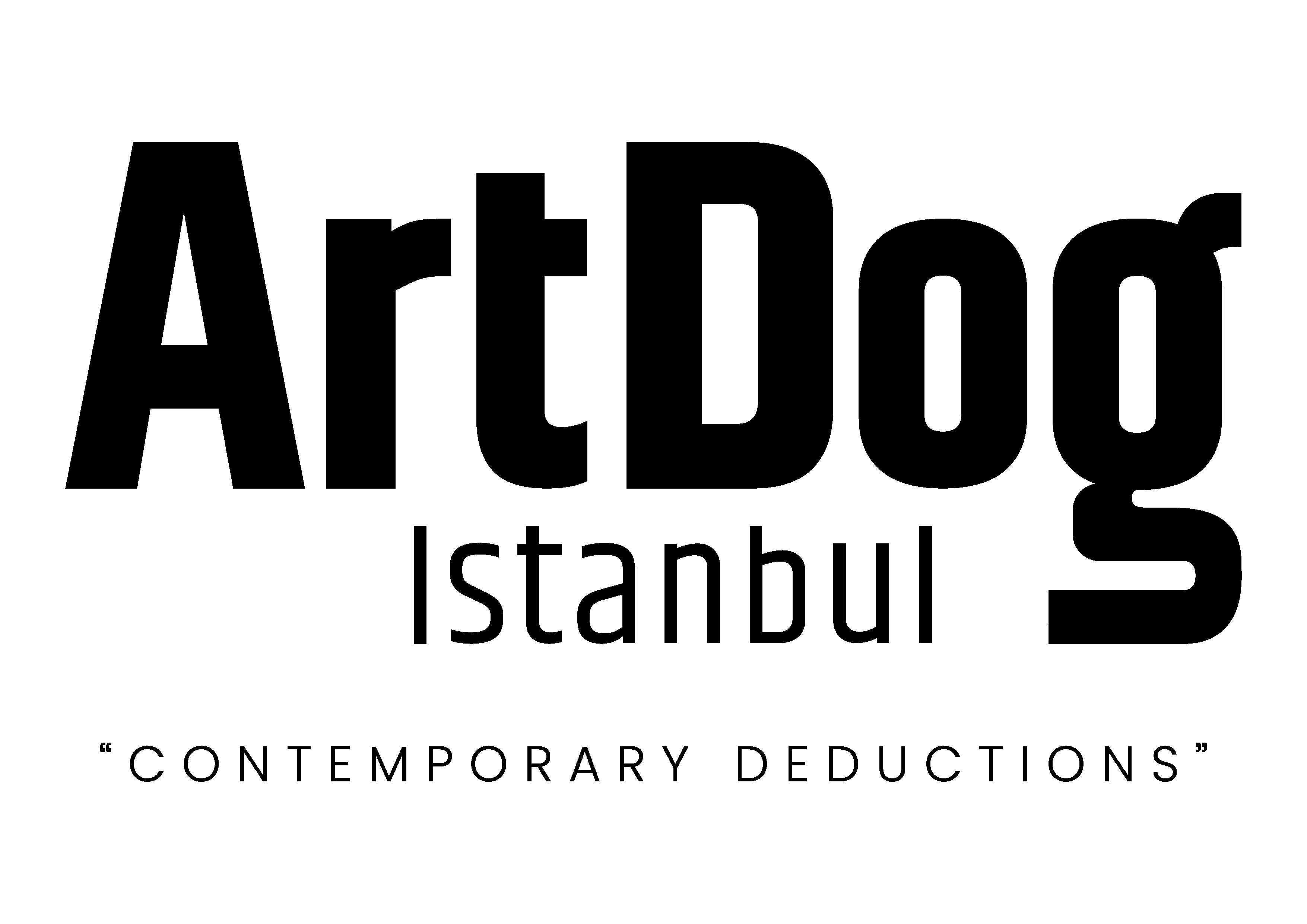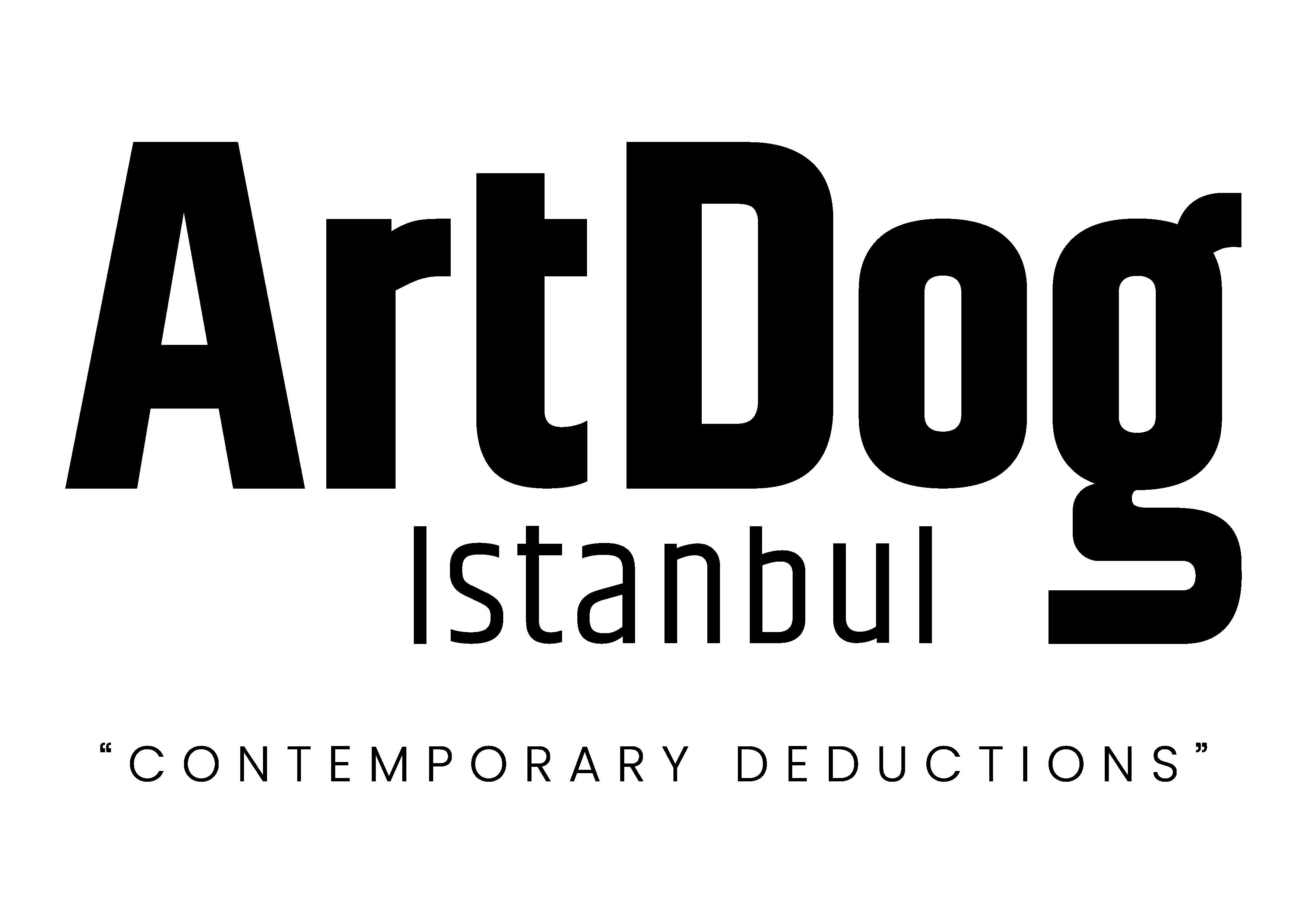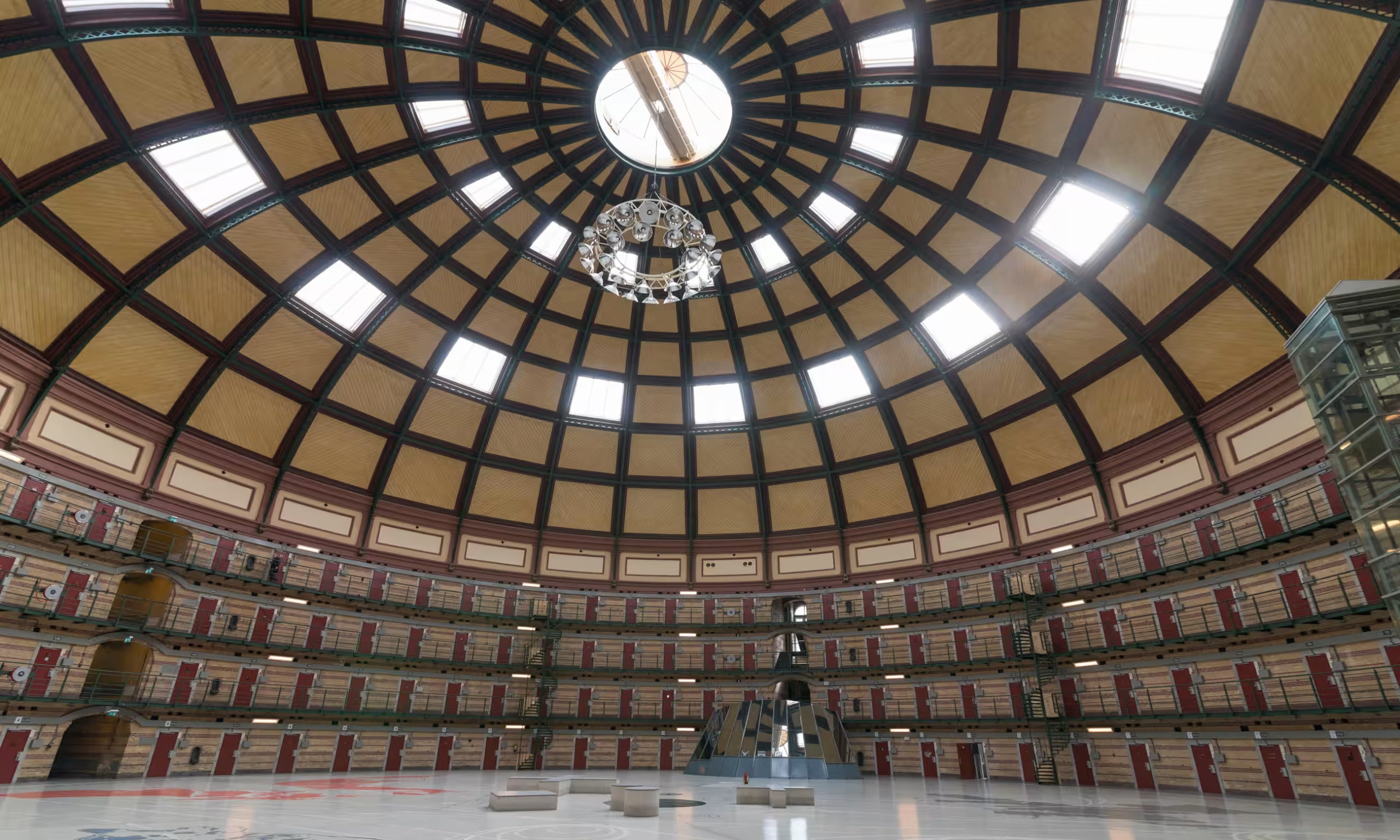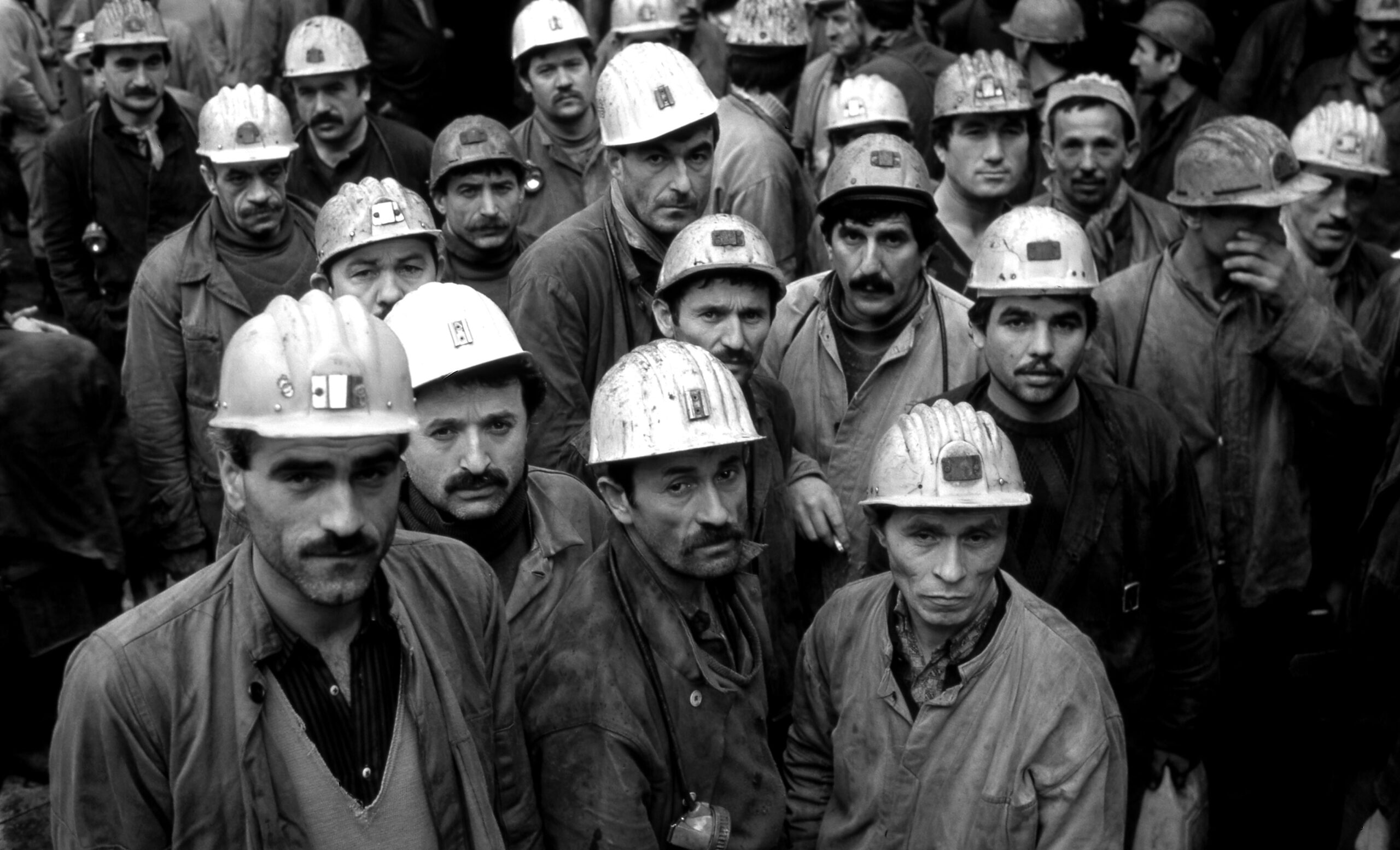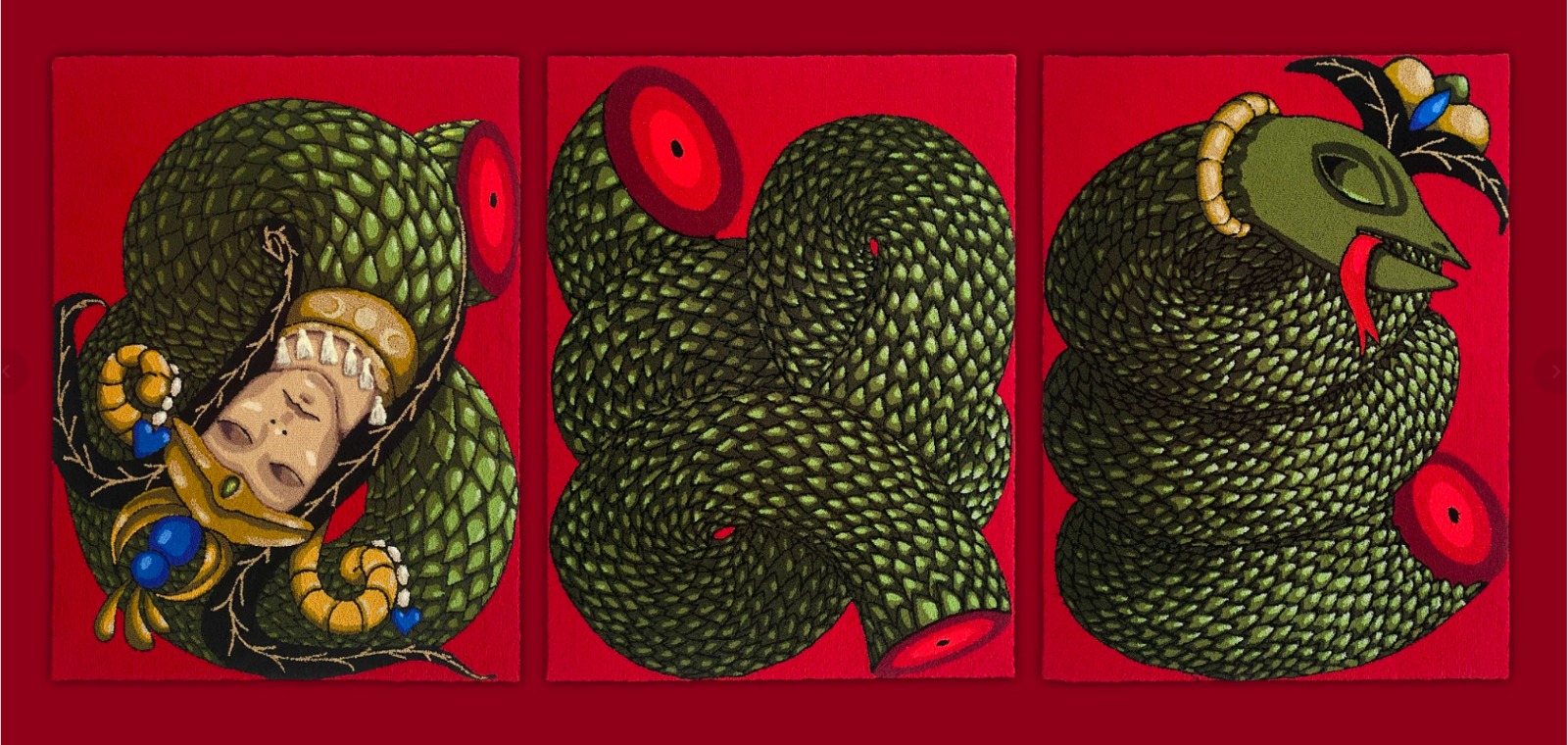Built to instill fear and control, the Netherlands’ iconic domed prisons are now undergoing breathtaking transformations. These panoptic structures, once symbols of surveillance and isolation, are being reinvented as cultural and creative centers—with art studios, galleries, and even escape rooms occupying spaces that once held prisoners.
A Dome Reimagined: Haarlem’s Koepelgevangenis
In Haarlem, a city renowned for its rich history, the Koepelgevangenis (or “dome prison”) has stood as a foreboding landmark since 1899. Operating as a penitentiary until 2016, this 37.6-meter-high structure—crowned by a massive rotunda—has been reborn as a cultural hub, thanks to a grassroots initiative led by local residents. Jacqueline van de Sande, co-founder of the Koepel Foundation, describes the transformation as a long-awaited dream: “We needed to open it up.”
Walking into the dome today, visitors are greeted by sunlight streaming through 16 original skylights and an open space bustling with life. The ground floor hums with chatter from the onsite café, while above, former prison cells house podcast studios, art ateliers, and gallery spaces. This vibrant reinvention is a stark contrast to the building’s grim history.
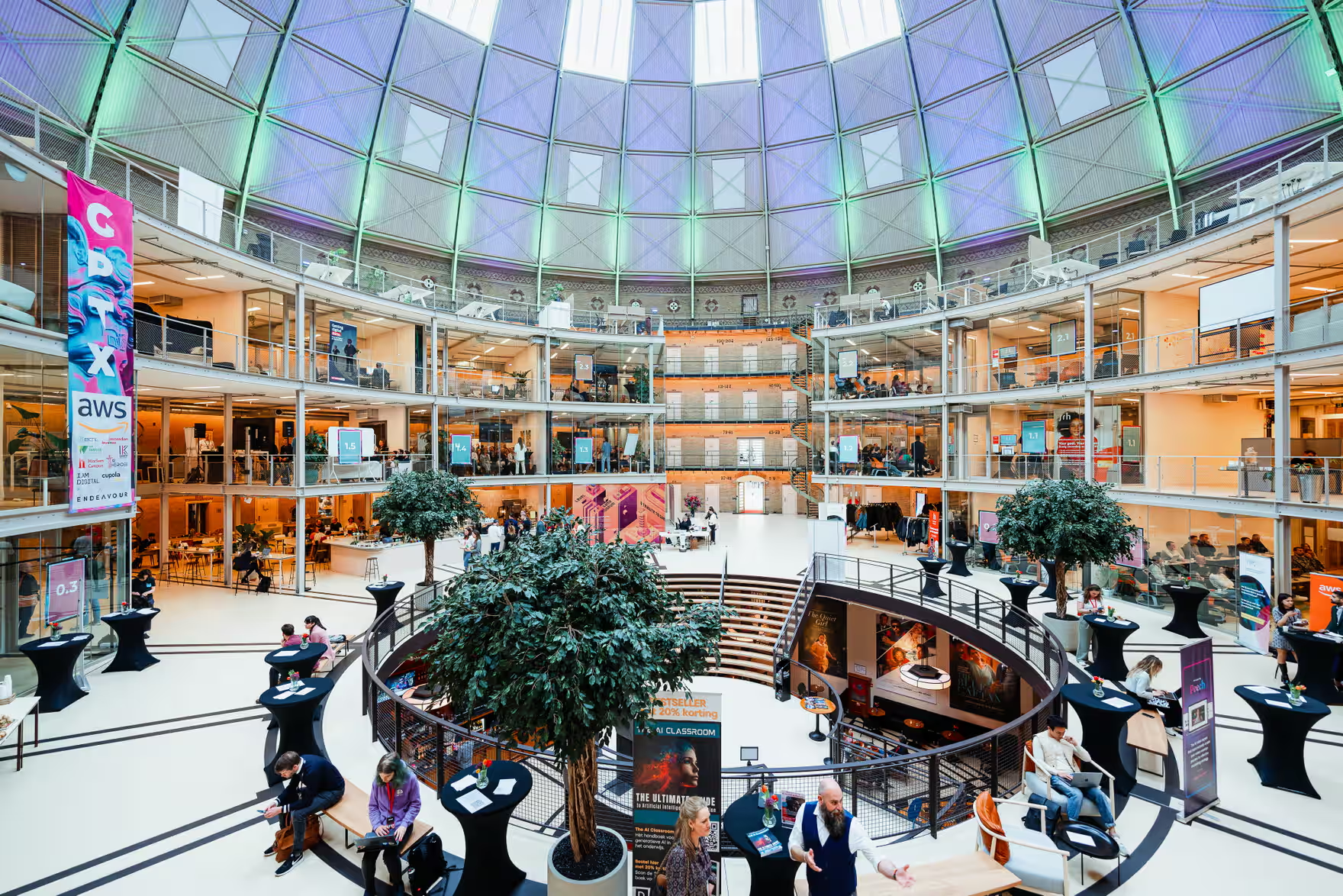
The Dark Origins of the Panopticon
The panopticon design was first conceived in the 1700s by British philosopher Jeremy Bentham. Its circular layout, with a central guard tower, ensured prisoners felt constantly observed—a psychological tool as much as a physical structure. While Bentham touted it as a “humane” solution, critics like Michel Foucault later highlighted its inherent violence, dubbing it a “laboratory of power.” According to Foucault, the panopticon exemplifies the modern shift from physical punishment to psychological control, embedding surveillance into the very fabric of society.
In the Netherlands, architect duo Johan Frederik Metzelaar and Willem Cornelis Metzelaar adapted Bentham’s design to construct three panopticon prisons in Haarlem, Breda, and Arnhem during the late 19th century. These imposing structures isolated inmates in solitary confinement for 23 hours a day, reinforcing their roles as tools of psychological control.
A New Purpose for Historic Spaces
After the Koepel’s closure as a prison, the building briefly housed Syrian refugees before its high maintenance costs—€400,000 annually for heating alone—rendered it unsustainable. Undeterred, van de Sande and her team rallied developers, universities, and museums to repurpose the site. Following a €25 million renovation, the dome reopened in 2022 as a cultural and creative hub. Updates included new windows, improved insulation, and a cinema in the basement, reducing heating costs by 90%.
Today, the Koepel welcomes up to 1,500 visitors daily, offering everything from escape rooms to intimate cinema experiences. Plans for further development include student accommodations, a hotel, and additional cultural spaces.
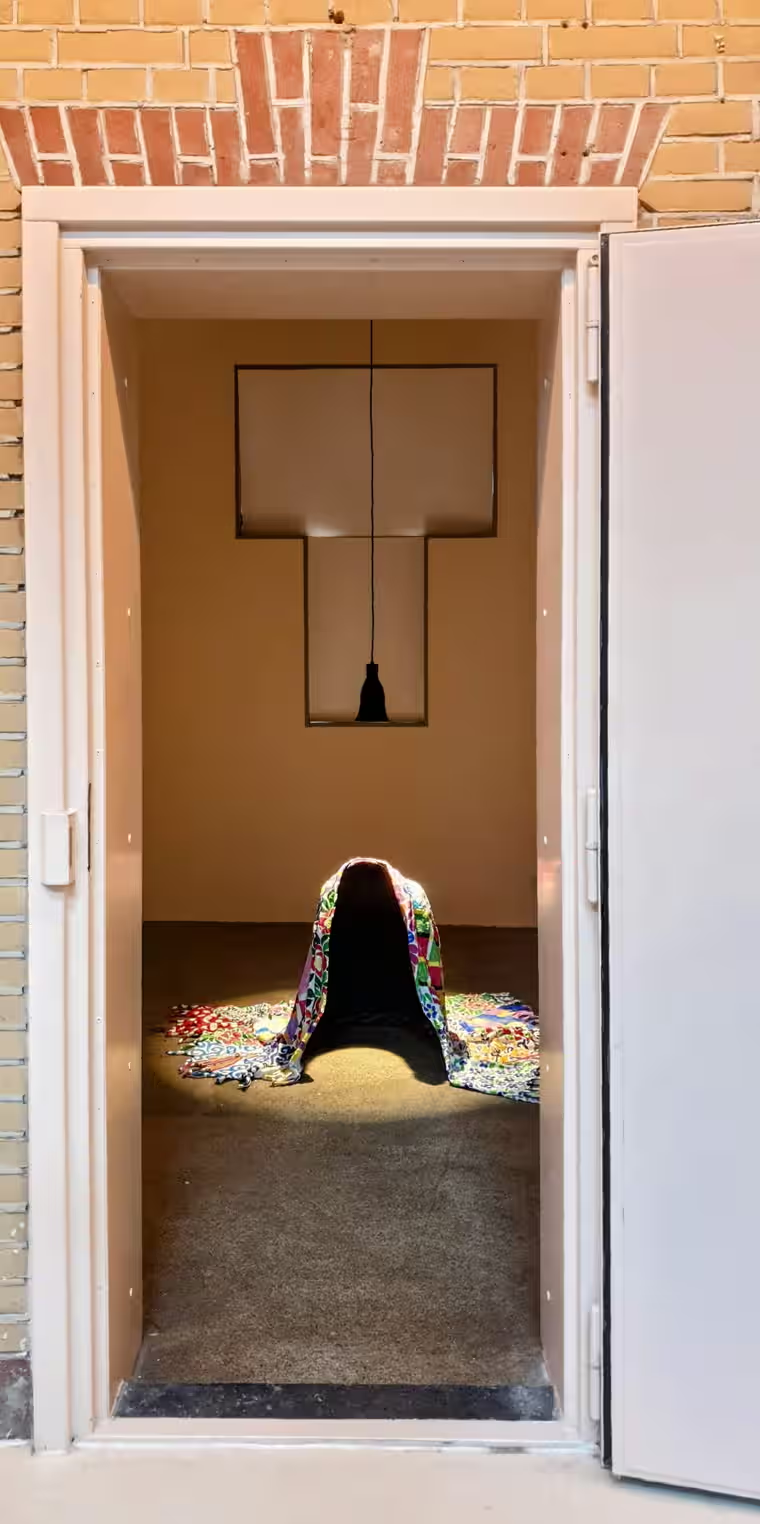
Transformations Across the Netherlands
The Koepel’s success is setting the stage for similar transformations in Breda and Arnhem. In Breda, the panopticon is slated to open in 2028 as an audio-visual exhibition space surrounded by private housing. In Arnhem, a multi-functional event space and hotel are under construction. Developers are drawing inspiration from globally renowned cultural venues such as Tokyo’s Teamlab and Paris’s CultureSpace while emphasizing accessibility and cultural value over commercial gain.
Balancing History and Innovation
As these spaces evolve, their developers remain mindful of their dark histories. Haarlem’s Koepel houses a poignant exhibit dedicated to Hannie Schaft, a WWII resistance fighter imprisoned there before her execution. “So people are aware, not only of Schaft’s story but the fact it was a prison,” says Sophie Poldermans, author of Seducing and Killing Nazis. “You can still feel that energy, even though it is now a much lighter space.”
While escape rooms and other attractions might risk trivializing the past, the overarching vision for these spaces emphasizes creativity, community, and remembrance. “As a prison, it used to be a space where you didn’t want to be and couldn’t leave,” says Bas van Dam of Being, one of the developers behind the Breda project. “We’re going to turn that around. You won’t want to leave.”
A Blueprint for the Future
The metamorphosis of these panopticon prisons into cultural hubs underscores a powerful shift—from spaces of control and confinement to places of creativity and community. By preserving their architectural heritage while imbuing them with new life, the Netherlands is proving that even the darkest symbols of the past can be transformed into beacons of hope and innovation.

